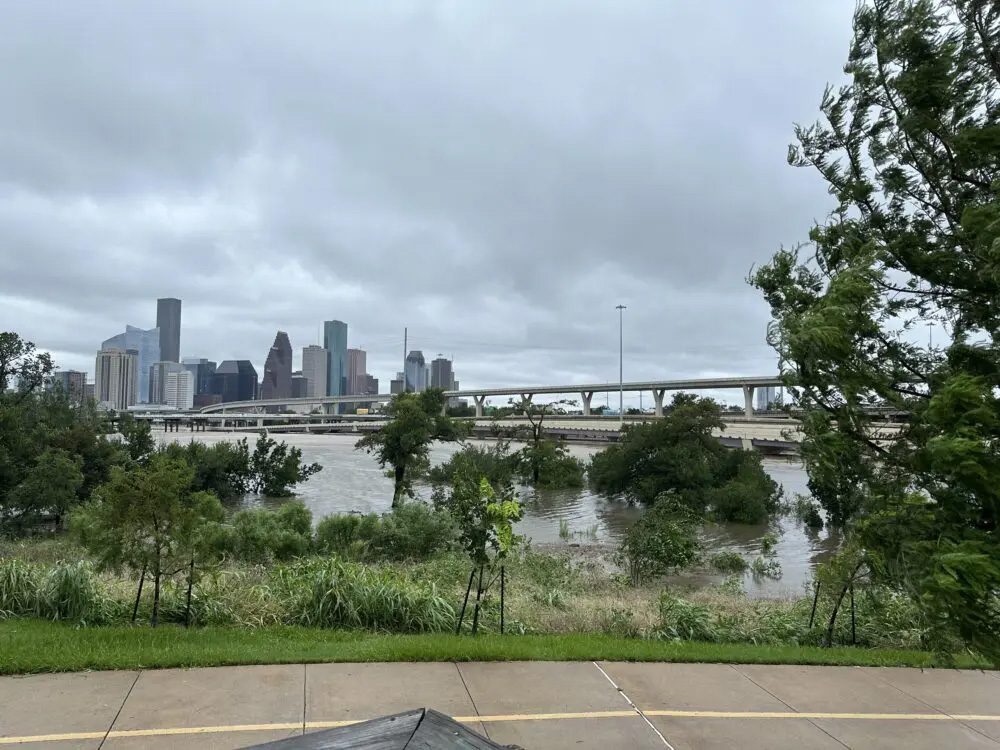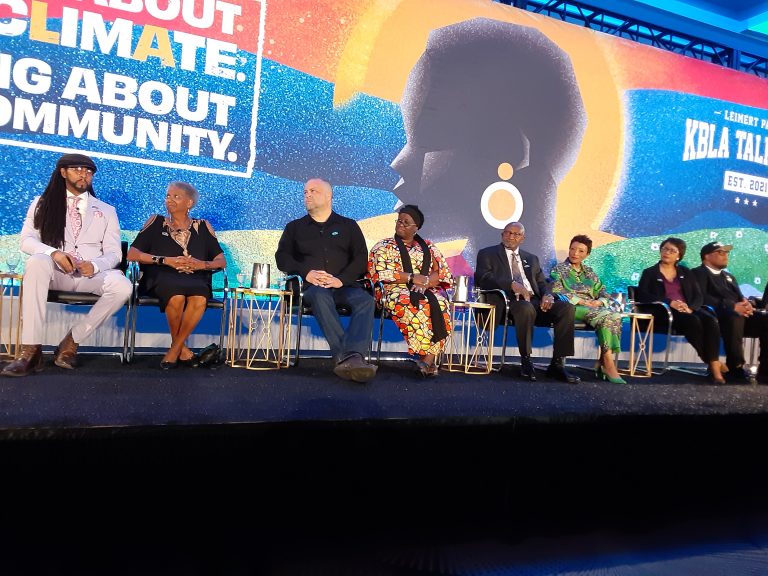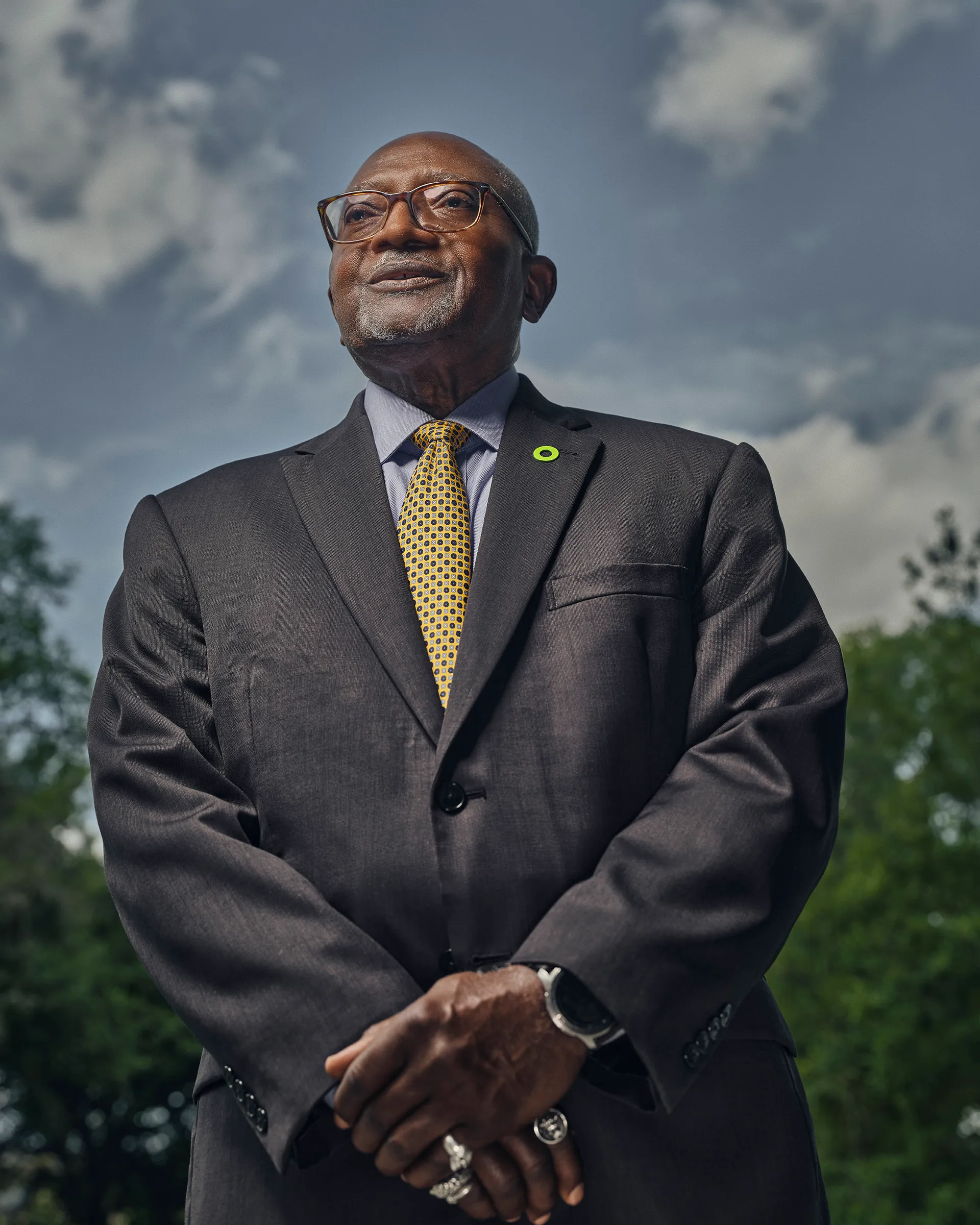Texas Southern University professor Robert D. Bullard is slated to give keynote talk at the Seventh Annual Community Engagment, Environmental Justice and Health (CEEJH) Lecture at the University of Maryland, School of Public Health 1312, Lecture Hall, Friday, May 4, 2018 at 6:00 pm. Professor Bullard’s talk is titled “The Wrong Complexion for Protection: Race, Place and the Politics of Pollution.” Event is free and open to public. For more information click HERE.
In the United States, some people and communities don’t have the “complexion for protection.” Glaring racial inequities exist in the way government enforces the nation’s environmental laws and regulations and responds to natural and human-induced disasters, including Hurricane Harvey floodwaters that nearly drowned Houston—and tying with Hurricane Katrina as the costliest tropical storm on record, racking up damage of $125 billion (2017 USD).
Decades before Hurricane Katrina drowned New Orleans and devastated the U.S. Gulf Coast, millions of African Americans learned the hard way that waiting for the government to respond environmental disasters and severe weather disasters can be hazardous to their health and health of their community. In reality, all communities are not created equal. Vulnerability in many African American and other people of color communities is baked into the spatial landscape and opportunity structure by institutional racism.
Race, Place and Environmental Justice After Hurricane Katrina: Struggles to Reclaim, Rebuild, and Revitalize New Orleans and the Gulf Coast (Westview Press, 2009) documents that racial disparities exist in disaster response, cleanup, rebuilding, reconstruction, and recovery. The lethargic and inept emergency response that followed Katrina exposed institutional flaws, poor planning, and false assumptions that are built into the emergency response and homeland security plans and programs.
The Wrong Complexion for Protection (NYU Press 2012) places government response to natural and man-made disasters in historical context over eight decades—from the Great Mississippi Flood of 1927 to the BP Deepwater Horizon oil spill in the Gulf of Mexico in 2010. It compares and contrasts how the government responded to emergencies, including environmental and public health emergencies, toxic contamination, industrial accidents, bioterrorism threats, and natural and human-induced disasters that disproportionately affect African Americans. The analysis also chronicles history lessons not learned, government failures, and inadequate and inequitable government response to natural and human-induced disasters and emergencies. It sheds new light on issues of health equity, environmental and climate justice, spatial and racial vulnerability, and the government’s role in providing equal protection under the law for all Americans, without regard to race, color, national origin, or income.
Too often, African Americans and other people of color have experienced slow, unequal or no response from various local, state, and federal government agencies on a range of emergencies and disasters. Fairness is essential to building trust and reaching any meaningful solutions to natural and human-induced disasters and for achieving sustainability and homeland security. It is also a central ingredient in achieving environmental and racial justice. Fairness matters how we design and plan strategies for addressing public health emergencies, toxic contamination, industrial accidents and spills, and recover from disasters such as earthquakes, hurricanes, floods, tornados, droughts, heat waves, and bioterrorism threats. Fairness matters in building healthy, livable and resilient communities for all—before and after disasters strike.
When climate disasters hit, people of color fare worse. This professor has ideas about how to help.
As people in Houston and along the Texas coast take...





